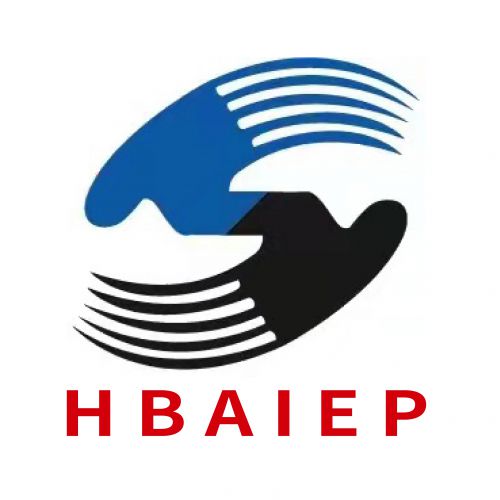Project description
Problem -1. Enriching the types of Winter Olympics meteorological forecast services and improving INCA spatial resolution. 2. Train forecasters with rich theoretical knowledge and practical experience to provide professional meteorological service support for snow projects. 3. Improve the relevant technologies of the mesoscale numerical model of the provincial meteorological observatory, and improve the accuracy and refinement level of meteorological forecast. Objective -1. Introduce the latest version of the INCA system from abroad, integrate modules of meteorological factors such as snowfall, visibility, and gusts into the currently operating INCA system to make it operational, improve the types of winter Olympics event forecasting products, learn high-resolution terrain processing technology, improve INCA spatial resolution, and establish an objective forecasting system that is refined to different locations on the track. 2. Collaborate with the R&D department of the Danish Meteorological Agency to introduce its advanced technology to further improve the spatiotemporal resolution and accuracy of numerical model forecasting in Hebei Province, and better meet the forecasting needs of "precision, seamless, and intelligent". 3. Learn from the advanced winter meteorological service support concept of the Swiss Meteorological Agency, provide high-resolution meteorological elements and risk based meteorological condition forecasting products, enhance the meteorological support capability of the Winter Olympics scientific competition, and assist in the development of the local ice and snow economy. The 24th Winter Olympics (hereinafter referred to as the "Winter Olympics") will be jointly held in Beijing and Zhangjiakou in February 2022. The Zhangjiakou Chongli competition area will host winter biathlon, off-road, diving, freestyle skiing and other snow sports. Due to the significant impact of the weather, the meteorological department of Hebei Province is facing a huge demand for event support. The refined forecasting technology of the provincial Meteorological Observatory has just started, and the forecasters have insufficient experience in weather support for outdoor snow sports in winter. Therefore, it is urgent to establish a high-resolution numerical forecasting system for winter under complex terrain conditions, to achieve objective forecasts that are refined to different locations on the track, and to strengthen the learning of weather support experience for winter outdoor sports in ice and snow sports power countries, so as to store, make Provide more targeted meteorological services for track maintenance and event activities. The refined short-term and imminent forecasting system INCA of the Austrian National Meteorological and Earthquake Administration (ZAMG) not only meets the needs of refined forecasting in the country, but also has been applied in the Sydney Olympics, Canada Winter Olympics, and other areas, achieving good results. Through efforts, the provincial Meteorological Observatory successfully introduced INCA, and achieved business operation in June 2017, playing an important role in the summer flood season service in 2017. However, this version is relatively low, and its product type and resolution currently cannot meet the special forecast requirements for the snow sports project in the Chongli competition area. Like Austria, Switzerland is adjacent to the Alps and has a complex terrain, making it a strong country in ice and snow sports. The Swiss Meteorological Agency has rich experience in the field of professional meteorological services for snow sports, which is very worth learning from. Denmark, as a Nordic country, has a developed ice and snow economy. The Danish Meteorological Agency's R&D Department has a high level in high-resolution numerical forecasting, downscaling technology, ensemble forecasting technology and other fields. The numerical model work of Meteorological Observatory is in the initial stage, and the core technologies in the numerical model, such as data assimilation, physical process parameterization, ensemble forecasting and downscaling, need to be improved and developed urgently.
 2022-11-02 18:02 *** 电话联系了该立项企业
2022-11-02 18:02 *** 电话联系了该立项企业
 2022-11-02 18:02 *** 电话联系了该立项企业
2022-11-02 18:02 *** 电话联系了该立项企业
 2022-11-02 18:02 *** 电话联系了该立项企业
2022-11-02 18:02 *** 电话联系了该立项企业
 2022-11-02 18:02 *** 电话联系了该立项企业
2022-11-02 18:02 *** 电话联系了该立项企业
 2022-11-02 18:02 *** 电话联系了该立项企业
2022-11-02 18:02 *** 电话联系了该立项企业





 冀公网安备 13010402002331号
冀公网安备 13010402002331号